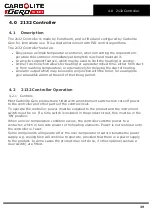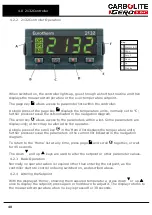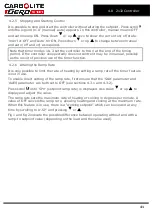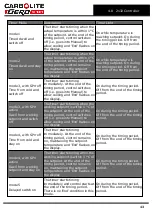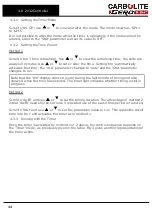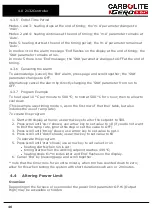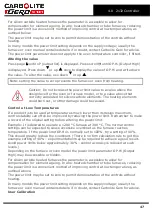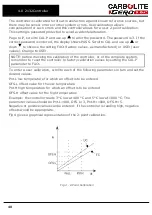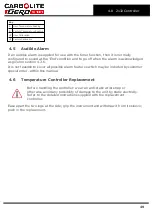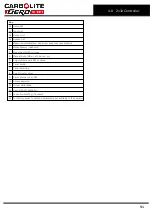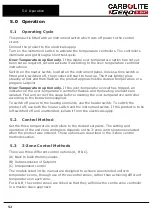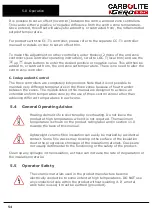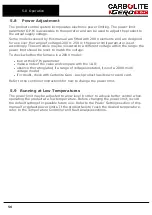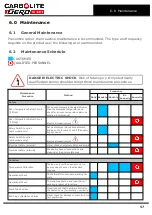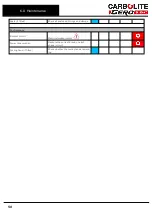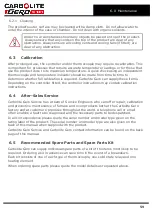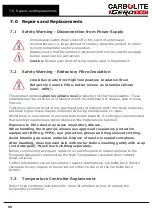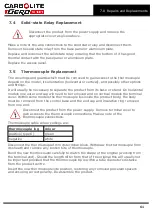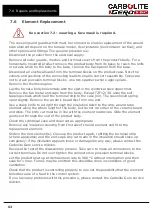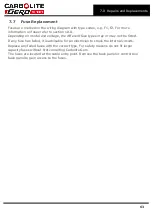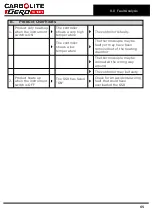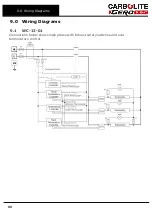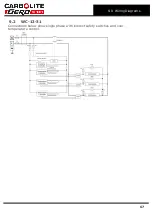
5.0 Operation
5.0
Operation
5.1
Operating Cycle
This product is fitted with an instrument switch which cuts off power to the control
circuit.
Connect the product to the electrical supply.
Turn on the instrument switch to activate the temperature controllers. The controllers
illuminate and go through a short test cycle.
Over-Temperature option only
. If the digital over-temperature option has not yet
been set as required, set and activate it according to the over-temperature controller
instructions.
Switch on the heater switch, located on the instrument panel. Unless a time switch is
fitted and is switched off, the product will start to heat up. The Heat light(s) glow
steadily at first and then flash as the product approaches the desired temperature or a
program setpoint.
Over-Temperature option only.
If the over-temperature circuit has tripped, an
indicator on the over-temperature controller flashes and the heating elements are
isolated. Find and correct the cause before resetting the over-temperature controller
according to the instructions supplied.
To switch off power to the heating elements, use the heater switch. To switch the
product off, use both the heater switch and the instrument switch. If the product is to be
left switched off and unattended, isolate it from the electrical supply.
5.2
Control Method
Set the three temperature controllers to the desired setpoints. The setting and
operation of the end zone controllers depends on the 3-zone control options selected
when the product was ordered. These options are described in the 3-zone control
methods section.
5.3
3-Zone Control Methods
There are three different control options (A, B & C).
(A) Back to back thermocouples
(B) Retransmission of Setpoint
(C) Independent control
The models listed in this manual are designed to achieve an extended uniform
temperature zone, through use of three control zones, rather than achieving different
temperatures in each zone.
For A & B, the control zones are linked so that they all follow the centre zone controller
in a master-slave approach
52


